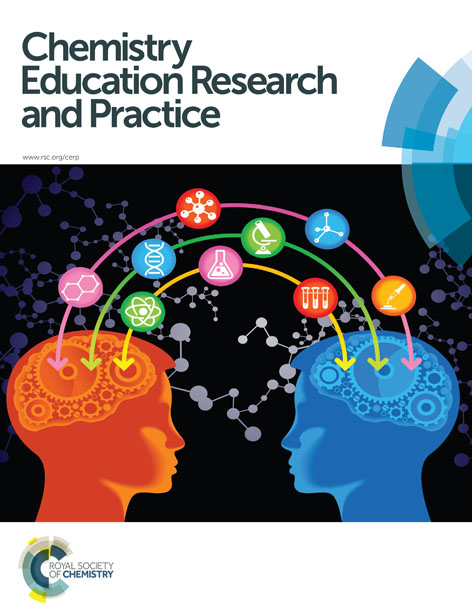Mapping students' conceptual modes when thinking about chemical reactions used to make a desired product
Abstract
The central goal of this qualitative research study was to uncover major implicit assumptions that students with different levels of training in the discipline apply when thinking and making decisions about chemical reactions used to make a desired product. In particular, we elicited different ways of conceptualizing why chemical reactions happen (chemical causality), how these processes occur (chemical mechanism), and how they can be controlled (chemical control). In each of these areas we characterized conceptual modes with different explanatory power and explored how they were applied by participants when facing different types of questions. Our findings suggest potential paths in the development of understanding about chemical reactions in the context of making specific substances. Our study also highlights the benefits of analyzing students' understanding not only by focusing on implicit cognitive elements, but by using disciplinary crosscutting concepts as lenses of analysis.

 Please wait while we load your content...
Please wait while we load your content...